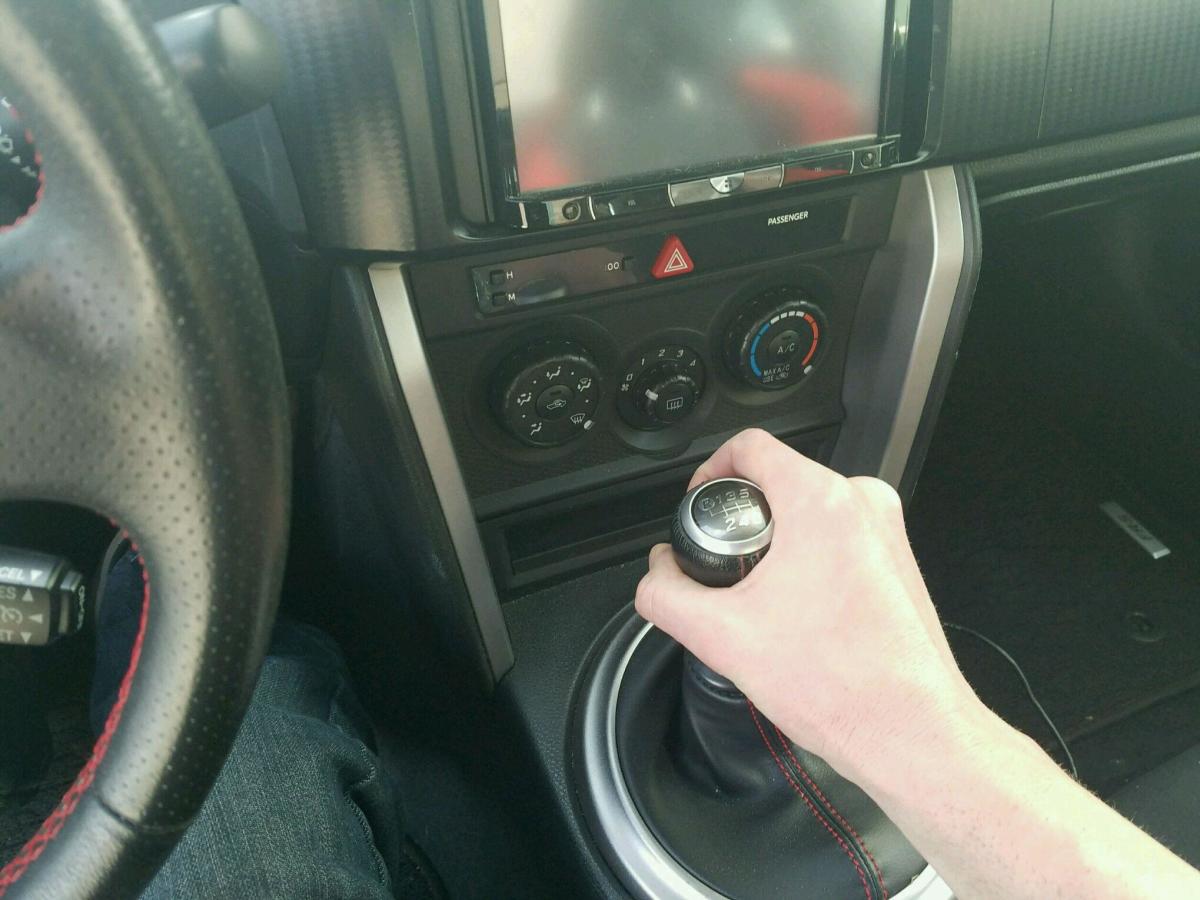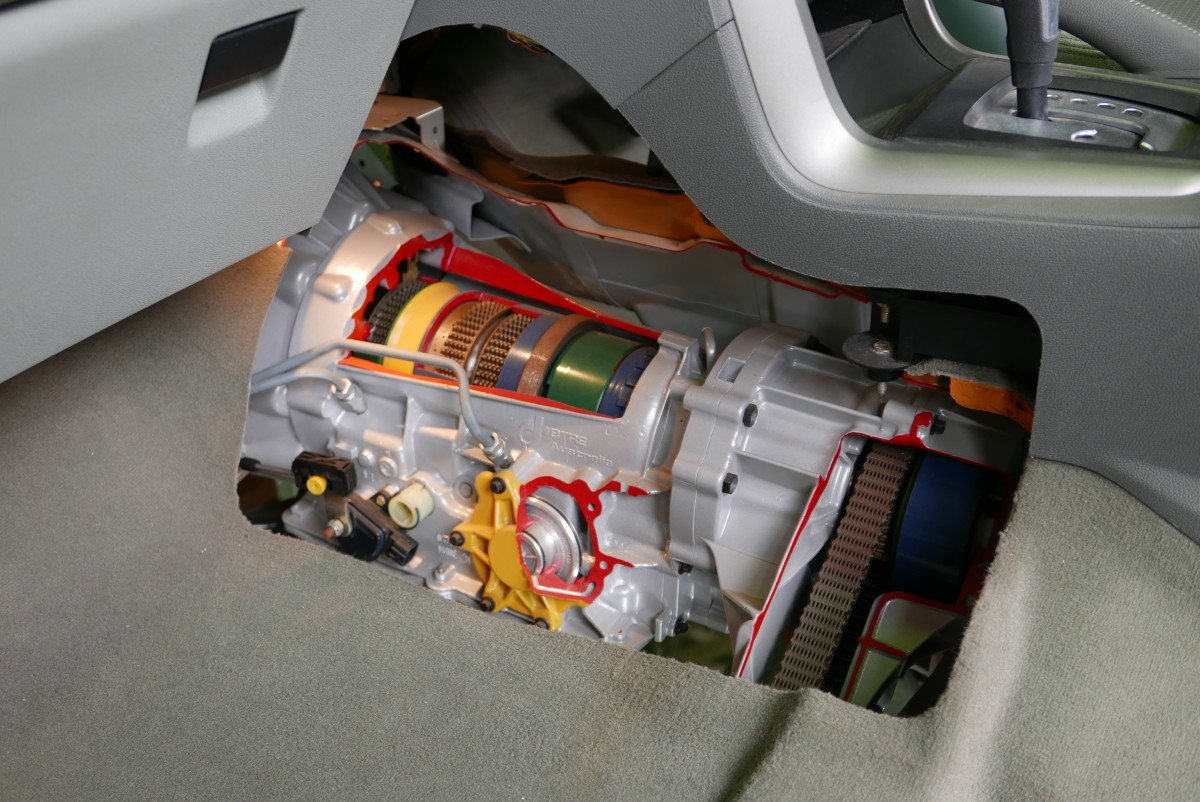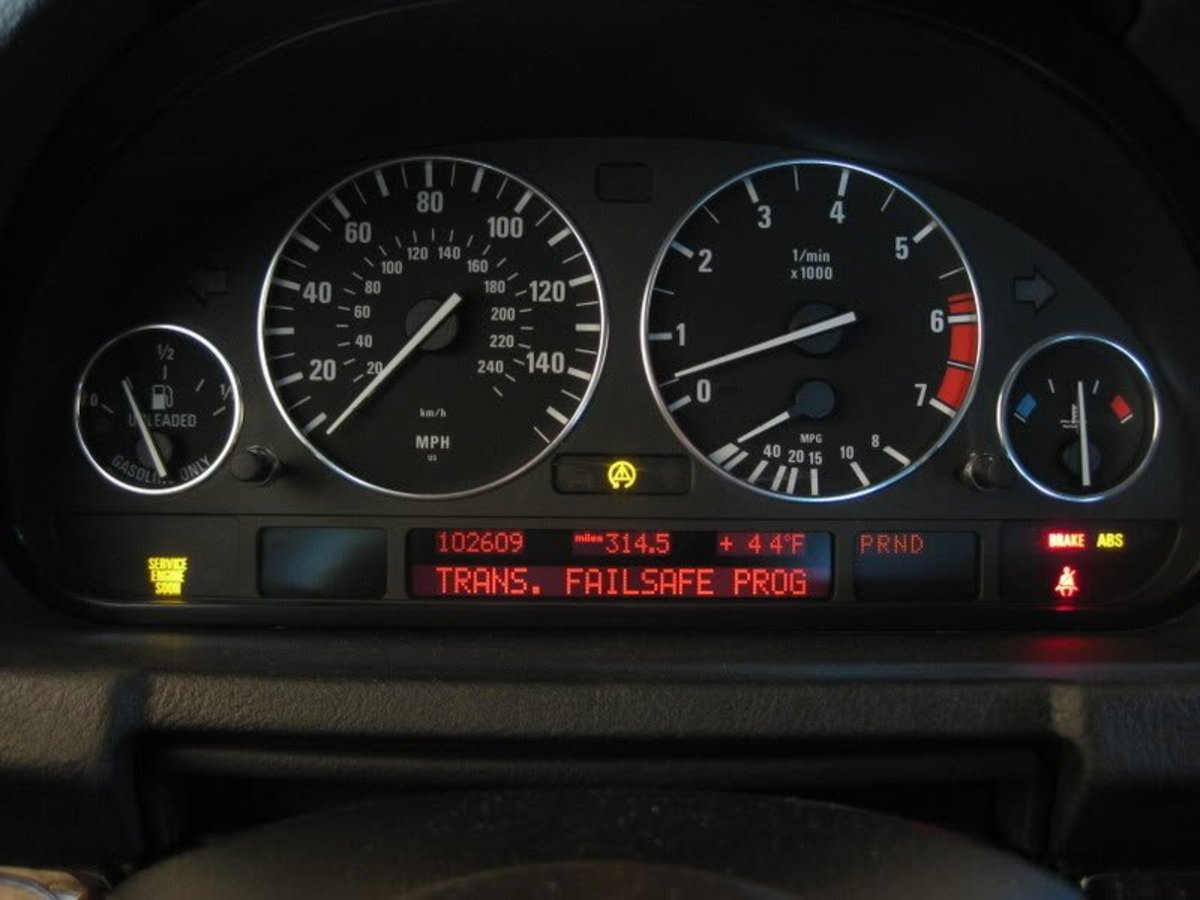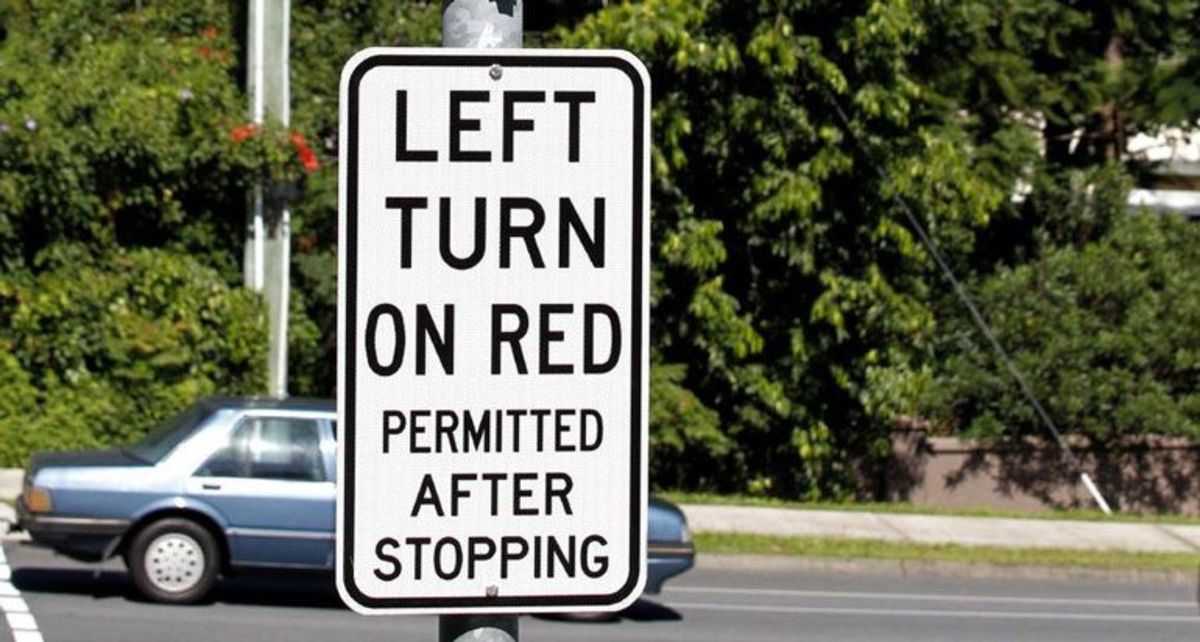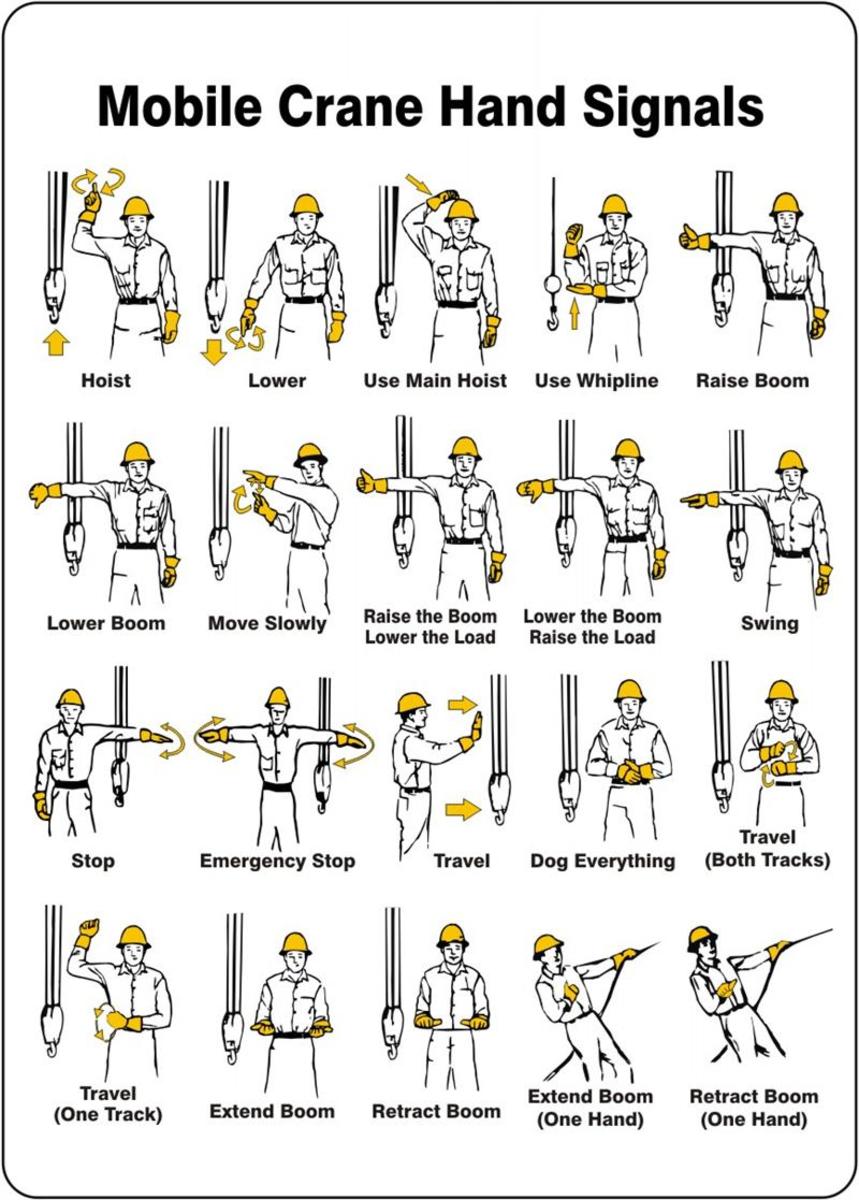How To Drive a Manual Transmission Vehicle.
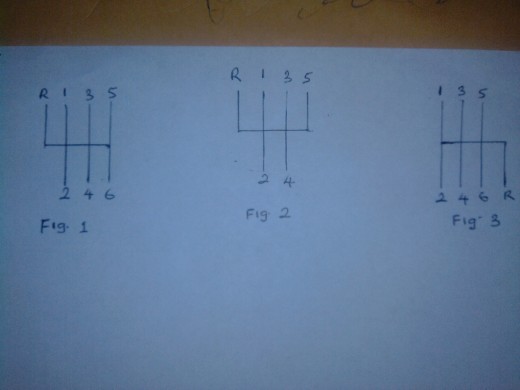
Vehicles have two basic transmission systems namely; the manual transmission system and the automatic transmission systems. In the United States, the more popular of the two systems is the automatic transmission. About 90% of all vehicles on America's roads run on the automatic transmission system which makes it no surprise that most American drivers don't know how to drive the manual transmission vehicle. Because the manual transmission or stick vehicles aren't widely driven, they cost less to buy on the second hand market. This makes it a good bargain for anyone who can drive one because second hand manual transmission vehicles are usually between 20 and 40% cheaper than their auto transmission counterparts.
If you would love to get in on this bargain when you buy your next car but don't know how to drive one, then pay attention because I'm going to teach you how on this write up. Driving a manual transmission (stick) vehicle is very simple though quite different to driving an automatic. In fact, it has more in common to riding certain kinds of motor bikes. This is because of the clutch.
To begin teaching how to drive manual, I will, first of all, point out the major difference between it and the automatic. This major difference is called the clutch. It is called manual transmission because the driver has to select their own gears, unlike in the automatic where all you do is press down on the accelerator pedal and the gears select automatically for you.
The manual transmission vehicle has three pedals whereas the automatic has only two. In the manual transmission vehicle, the accelerator and brake pedals are joined by the clutch pedal which is which is positioned flanking the brake pedal on the left side. The clutch pedal is what makes it possible for you to select gears by yourself and, therefore, move the vehicle. The manual transmission vehicle gear lever is also a bit different looking. Instead of the elaborate setup you have on the automatic, with the numbers and letters, you have just a lever with a diagram of the gearing positions drawn on the top of the knob.
The diagrams above are some examples of diagrams that are drawn on the top of the manual transmission gear lever knob. Figure 1 depicts a six speed transmission with front reverse gear positioning. Figure two shows a five speed also with front reverse gear positioning while figure 3 depicts another six speed transmission but, this time,with back reverse gear positioning.
Before you start driving, I'd advice that you take a few minutes to familiarize yourself with the gearing system by trying to shift the gear into all the steps plus reverse. This is because you'd do better driving if you're a little bit used to shifting than when you're trying it for the first time while driving. Using figure 2 as an example, this is how you shift. Beginning from neutral which will be on the center between positions 1 and 3 up and 2 and 4 down, pull the lever all the way toward you and forward for reverse. Pull it halfway toward you and forward for gear one. For gear two, just pull the lever straight back on the same groove as gear one. For three, move it up from two to the middle, then a little to the right and up. From three to four is basically the same way from one to two. For gear five, push up halfway from four and a little to the right and up. Just like two to three only further away from you. Looking at the diagrams and practicing will get you used to it in no time. Remember to keep the clutch pedal pressed down to the floor while doing this.
To start driving a manual transmission vehicle, you will first kick start the engine. Before you do this, you have to make sure that the vehicle's gear is not engaged. This you can do by depressing the clutch pedal and holding and jiggling the gear lever. If it moves freely, then it's not engaged. But if it's stiff, then it's engaged and you'd need to move it to neutral before you can start. To do this, check whether the lever is leaning forward or backwards. If it's leaning forward, you have to pull it backwards to neutral which is the middle position. And if it's leaning backwards, then you pull it forward to neutral all while pressing down on the clutch pedal. Once you've confirmed this, you can then turn the key or press the starter button until the car starts.
Moving The Vehicle
When you've started the vehicle, the first step is to disengage the hand brake. This you do normally just like in an automatic transmission vehicle. Then next is to engage first gear to move. To do this, you will depress the clutch pedal to the floor with your left foot. Then, holding the pedal down, move the gear lever to the 1 position. Then gently raise your left foot off the clutch pedal while, also gently, pushing down on the accelerator pedal. You have to be really careful with this move because it's a bit tricky and if you get it wrong, the car will give a jerk and, very likely, stall. If it does, just relax and try again. Once you get the car moving, you will also need to depress the clutch pedal each time you want to shift to the next gear, whether up or down. So, what you do is repeat the depress and shift system that got you going with the only difference being that when you shift while on the move, you have to release the clutch pedal much more quickly than when you're moving from rest. On the move release is instantanous.
As an auto transmission vehicle driver, you may have noticed that your car changes gears depending on your speed. What I mean is that when you move from rest, your vehicle shifts up as you increase your speed. It also shifts down when your speed decreases and as you slow down to stop. The manual transmission vehicle operates basically the same way. This means you have to select your gears depending on your speed but don't worry about knowing when to shift because the car lets you know by high screams when you need to shift up and being jerky and threatening to stall when you need to shift down. In a manual transmission vehicle, you have to do all the shifting by yourself. Just like an auto transmission vehicle will not do 20 mph in fourth gear so also will a manual not do it. The difference is that an auto will shift down for you while a manual will simply stall if you don't do it. What I'm saying in effect is that a manual or stick vehicle requires more driver involvement in the driving
Car tire changing is a necessary skill that every driver should have for myriads of reasons, the most important being time and safety. Unfortunately, while many understand the need for this important skill, a lot of others think that it's not necessary because there are companies that provide such services cheaply.
Stopping The Vehicle
After you've got the vehicle moving, there will come a time when you need to stop. When that time comes, you have to realize that stopping a manual transmission vehicle is quite different from stopping an automatic. In an automatic, all you need to do is depress the brake pedal and hold it down until you come to a stop. It's not that simple with a manual because you'll need to hold down the clutch pedal with your left foot all the time you're pressing down on the brake. When you come to a stop, you have to keep holding down the clutch pedal until you turn off the vehicle or shift into neutral. If you brake to a stop without depressing the clutch, what will happen is that your speed will become too low for the gear you're on and the vehicle will stall with a jerk. The only time you can brake without the clutch is if you just want to slow down briefly, maybe to quickly avoid an obstacle or dodge a pothole. This means just a quick tap on the brake, under non emergency situations, without slowing down very much or coming to a stop. Any extended braking will require a foot on the clutch otherwise the vehicle will stall.
That's basically all there is to driving a manual transmission vehicle. It takes a bit of getting used to but nothing a week of constantly driving one won't solve. So, don't be afraid, go and try one and you might discover that you'd actually enjoy it. What you get from driving a manual vehicle is the true pleasure of driving. And If you drive because you love to drive and not just because you need to get from point A to B, then a manual transmission vehicle is what you need to really milk every last dregs of pleasure out of driving.
Have fun and Good luck!!!

![ESSENTIAL Car Auto Insurance Registration BLACK Document Wallet Holders 2 Pack - [BUNDLE, 2pcs] - Automobile, Motorcycle, Truck, Trailer Vinyl ID Holder & Visor Storage - Strong Closure On Each -](https://m.media-amazon.com/images/I/41k-QvzFVuL._SL160_.jpg)


